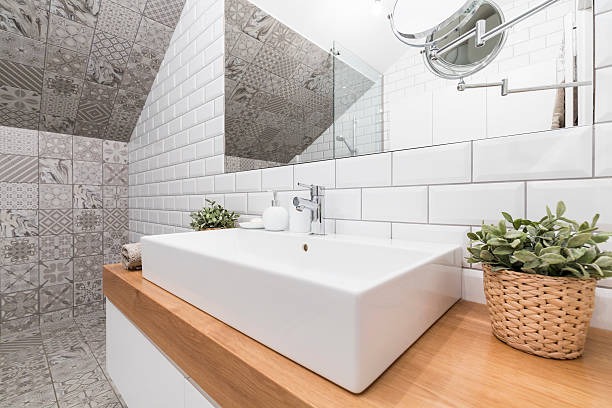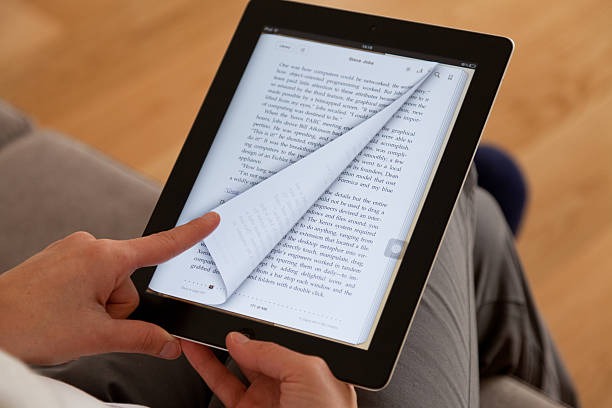They are available in a variety of shades and textures. They are used to embellish and seal ceramic items.
A glaze is a mix of colors, frits (or sand) and ceramic materials. The term “glaze” refers to a mix that is then melted after quenching, then ground to a certain mesh size.
Engobe Tile Glazing
Engobe is the thin layer between the body of the vessel and the glaze. It is typically placed before the glaze and is usually used in the form of brush decorations to cover it. Engobes are employed to cover the color, hide imperfections on the surface, like the ones caused by impurities such as iron, to seal and tighten the porous and soft clay, and to brighten glaze shades.
The recipe must be identical to the one used on the body to which it will be placed. It should not have any frit added. To ensure the opacity of the engobe, they must be light in flux. A high flux could raise the temperature of firing and create tension between the engobe and the body beneath and their union.
It is not uncommon to encounter this issue when applying an engobe, and later glazing dry the ware. The engobe should be applied after the stage of leather hardness is achieved. The body-like makeup of the engobe allows the formation of a plastic bond (fire-matching shrinkage COE, body-matching and fire-matching) to develop during drying.
Glaze is a mix of powdered substances that, when heated and dried, melts to form a smooth, glassy surface. Glazes are applied by spraying or dipping into. The glazes are made to stick to the surface of the clay in an area known as the Clay-Glaze Interface. When dried the slurry particles draw closer and then shrink. The bodies of vitreous shrink faster than other.
Digital Inkjet Printing Tiles
Inkjet technology is utilized by a variety of printers at office and at home to produce photographs of high-quality. Ceramic tile makers are employing the same process to design patterns and designs to can be used to enhance the interior of spaces.
This method uses a specially-formulated ceramic ink that is able to withstand the extreme temperatures that ceramics are exposed to during firing. The patterns printed remain vibrant and intact after the ceramics have been fired and glazed. This process is unique and allows designers to design tiles that appear similar to natural materials. They include tiles with wood-like appearance and stones-inspired colors and abstract designs.
Ceramic digital printing could be an excellent alternative for those who wish to increase efficiency and decrease production cost. Digital printing eliminates the requirement for costly and complicated equipment like screens and rollers. This is why they are a more cost-effective alternative over traditional methods. Digital inkjet printing is also able to print smaller quantities than custom screen printing and rotocolor. This helps reduce storage and inventory requirements.
LOPO utilizes a top Italian digital printer to produce innovative, modern designs for Terracotta. The LOPO 3D Inkjet Printing Tile Series, which blends the highest-quality ceramic ink for digital printing with the latest printers to create extremely creative patterns, replicates natural textures such as wood and marble.
Crystalline Glaze Tiles
Crystalline glazes are used to embellish ceramic pieces. The surface of the glaze is given an unique crystal structure mixing frits, pigments and low firing temperatures with an extremely slow cooling rate. Contemporary designs are popular due to their distinctive appearance and long-lasting durability. This method is typically employed to make high-end ceramic floor tiles. However, it could also be employed for other kinds of pottery.
The characteristics of tribology of four different glaze formulations were assessed using tests of analytical quality (thermal analysis and Vickers’ hardness) and technological tests (surface-abrasion test). The glazes utilized for the research were commercially produced manufactured by Colorobbia Italia S.p.A., Fiorano Modenese Modena, Italy, and were made according to the specific recipes in Table 1.
To conduct the tests on surface abrasion Unfired 30x30cm tile bodies were sprayed with an airless application using engobe glazes and slurries with density of 1470 kg/m3. Digitally printed patterns were then placed on the engobe. The slurries were single-fired at a temperature of 30 degrees Celsius per minute with a maximum temperature of 1205 degrees Celsius. The resulting disks were dried-cleaned and ground to a particle size that was less than 0.063mm and then analyzed with the technique of X-ray diffractography (XRD) using the Empyrean Series III from Malvern Panalytical Ltd. located in Malvern, UK.
Lappato Finish Tiles
Lappato is a middle ground finish that creates a balance between matte and polished finishes. It adds depth to the visual, while preserving the surface’s texture. The technique employs selective abrasion in order to polish certain tiles but leave some with a matte finish. It results in a distinctive appearance that reflect light, while also preserving the texture. The unique blend of texture and shine adds the look of interiors, but it requires more attention.
This technique of finishing is only effective if the diamond lapato tools gach lat nen 1m2x1m2 are of top quality. Diamond abrasives that are of the highest quality are more durable than ceramic tiles (typically 10 on the Mohs Scale) which allows them to take off materials more effectively and with less wear. Waterlubrication can also help regulate temperature and stop excessive heat.
It is crucial to consider the dimensions of each diamond when choosing the abrasives. Larger diamonds create an appearance that is more rough and the smaller diamonds produce a more smooth one. The kind of adhesive used to connect the diamonds to the abrasive is a key element to ensure a consistent finish. Diamonds that are metal-bonded are more durable and provide superior performance over resin-bonded diamonds.
Following the abrasive procedure it is essential to thoroughly wash the lappato tiles using an acid-neutral cleaner. This will eliminate any polishing residues, and make them ready to grout. A water-break test is a simple way to be utilized to test the consistency of the tile and to ensure that the abrasive treatment is producing an even texture. Sprinkle a tiny amount of clean water onto the surface. The water should spread evenly and should not crack, proving that the tile has been treated in a uniform manner.




